Sigma DP2 Quattro: ISO and sharpness
Sigma’s unique selling point: the Foveon Sensor
The main advantage of Sigma cameras is their unique Foveon sensor, developed by Sigma themselves.
All other image sensors have just one layer of pixels, capturing just one color per point the picture.
- To capture color, the pixel sensors are organised in a grid, think of a three-color checkerboard.
- Each pixel is covered with a filter and records just one color: red, green or blue.
- Since these so-called Bayer image sensors capture only one-third of the color, complicated processing is required to interpolate the color they miss.
- This Interpolation leads to color artefacts and a loss of image detail.
The Foveon Sensor uses three stacked layers of pixels embedded in silicon.
- The layers take advantage of the fact that silicon absorbs different wavelengths of light to different depths.
- The bottom layer records red, the middle layer records green, and the top layer records blue.
- Each stack of pixels directly records all of the light at each point in the image.
The latest development is the Sigma DP2 Quattro’s Foveon X3, which offers a somewhat different approach to Sigma’s stacked sensor.
As opposed to former Foveon sensors that had an equal number of photodiodes in every layer, the top layer now has 19,6 million photodiodes, while the two bottom ones now only have 1/4 of that.
- You can read many discussions on internet forums about this, and the reasons why will probably remain a mystery to us (some claim technical limitations on the further development of the Foveon sensor, others point to budgetary restrictions).
- It is a fact that this decrease in data output brings up the potential for moiré and false colour artefacts, the high points of the original Foveon design.
- But perhaps Sigma research stumbled upon what they thought was an ideal balance of data and better high ISO performance, the major problem with the older Foveon sensors.
ISO noise
Recorded as RAW+ jpeg fine.
X3F files exported without NR (as far as we know) to jpeg. In-camera jpeg supplied if useful.
ISO 100 is totally clean, with no sign of noise in the shadows or colours.
ISO 200, same crispy clean image here
ISO 400, still very usable, although Sigma’s RAW software seems to have started processing in order to reduce artefacts. Apparently leading to a less correct colour rendering.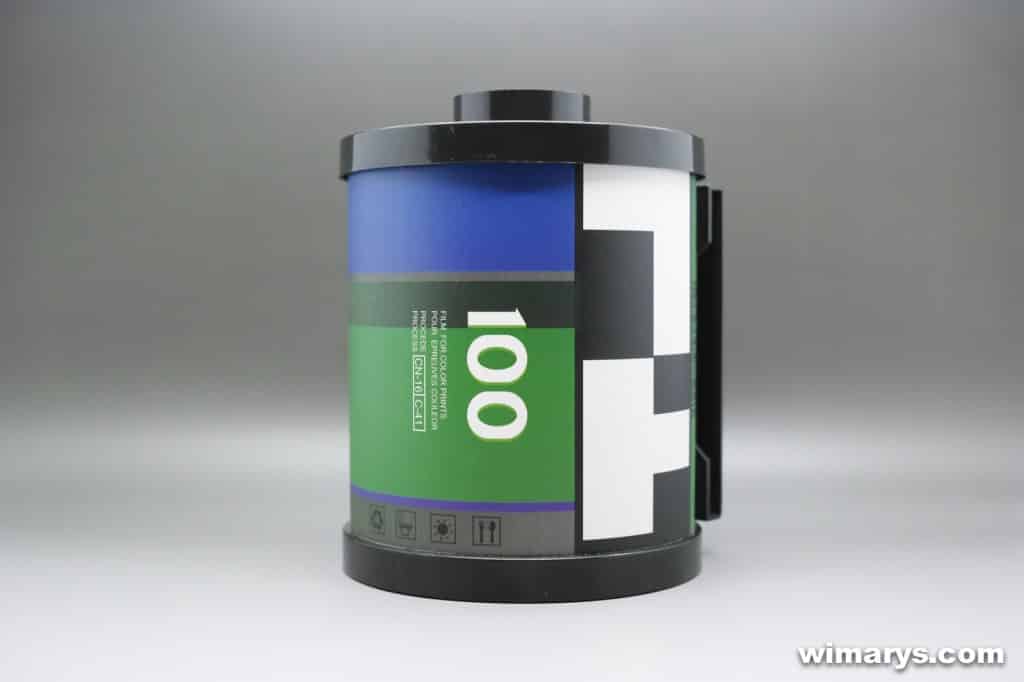
ISO 800, here the colour filtering is getting more noticeable, Still the image remains largely noise-free. But this is the maximum value I’d personally use. 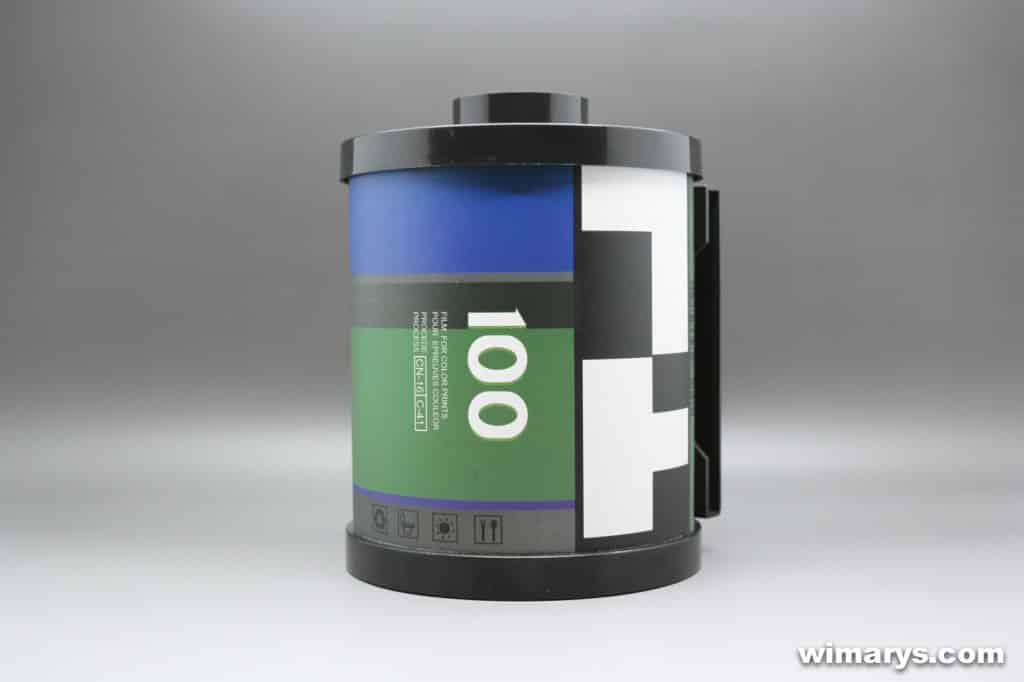
ISO 1600, first is a straight out of camera jpg, so you can clearly see some of the colour artefacts that start occurring. Second pic is RAW processed with the Sigma PhotoPro 6 software that dis a good job at filtering those artefacts out.
ISO 3200, you can clearly see the colour artefacts in the first straight out of camera jpeg, Photopro filters it out again in the second image but at the cost of loss of the right tone. Might be usable in black and white, as the noise is quite evenly spread.
ISO 3200: sigma dp2 quattro compared to Sony APS-C cameras
Conclusion
Yes, entirely different scenes, but noise wise, after processing in PhotoPro (without NR), performance is similar as you can see. Colour reproduction of the Sony sensors at these levels is superior though.
You can read all my post on the Sigma DP2 Quattro here.
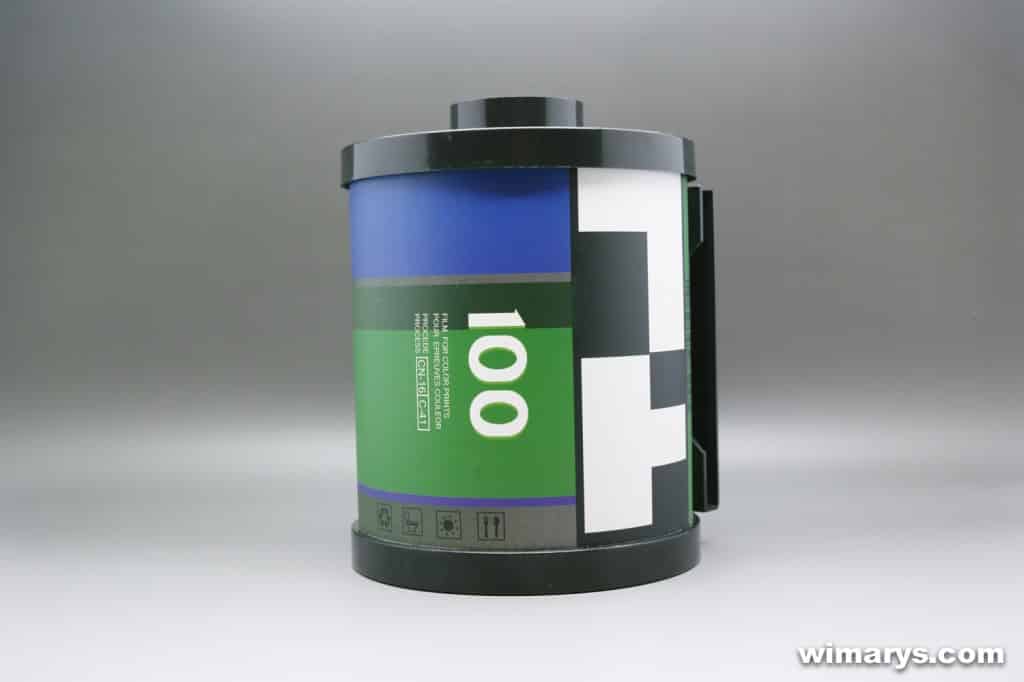
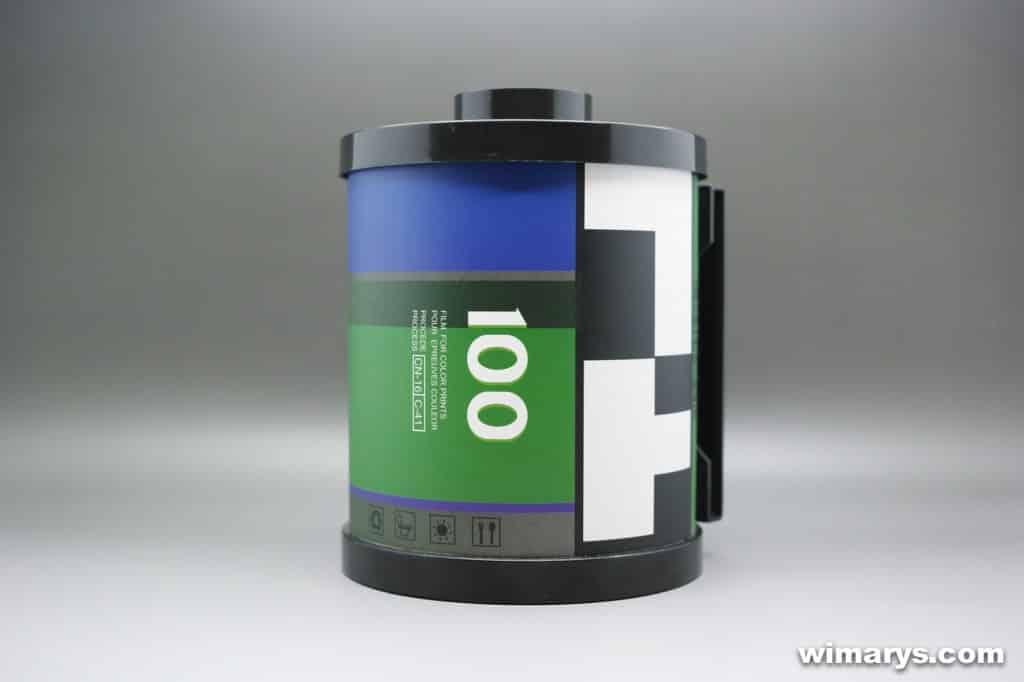
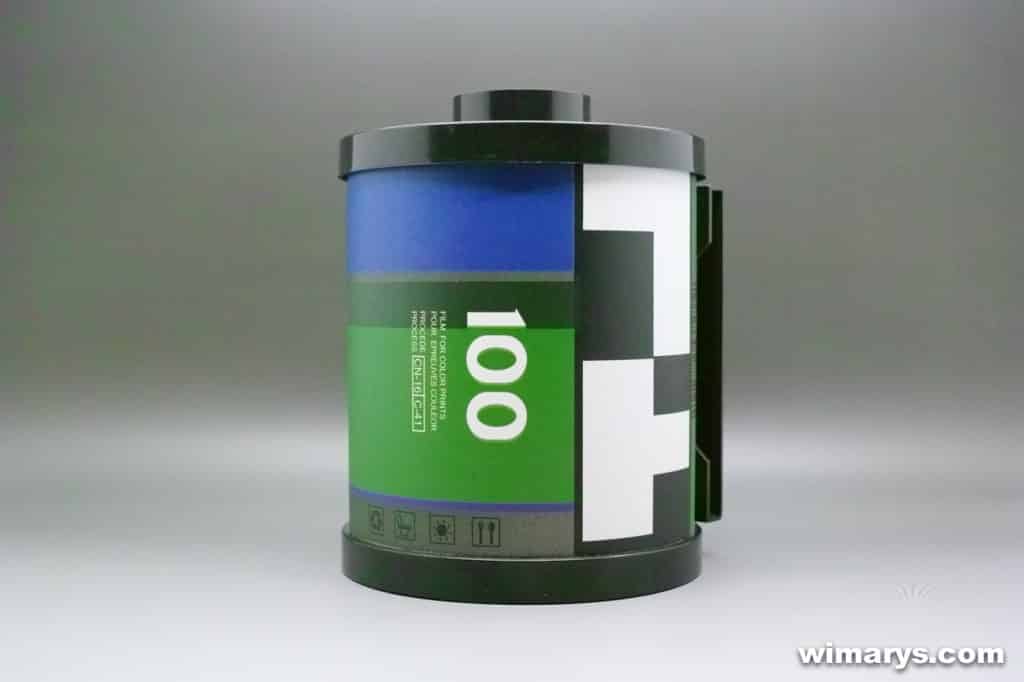
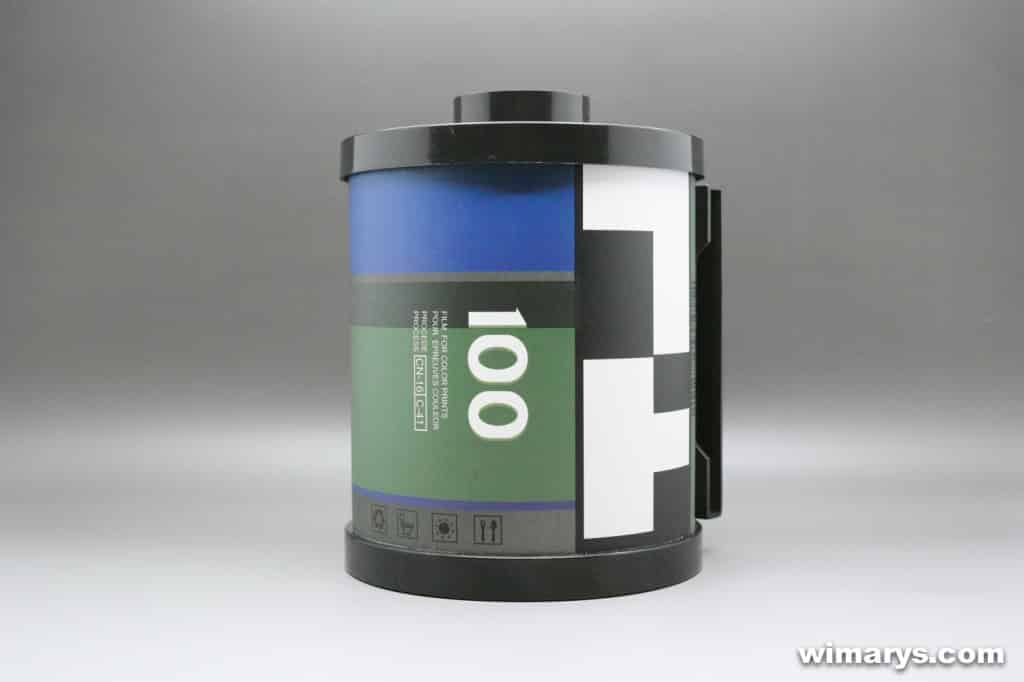
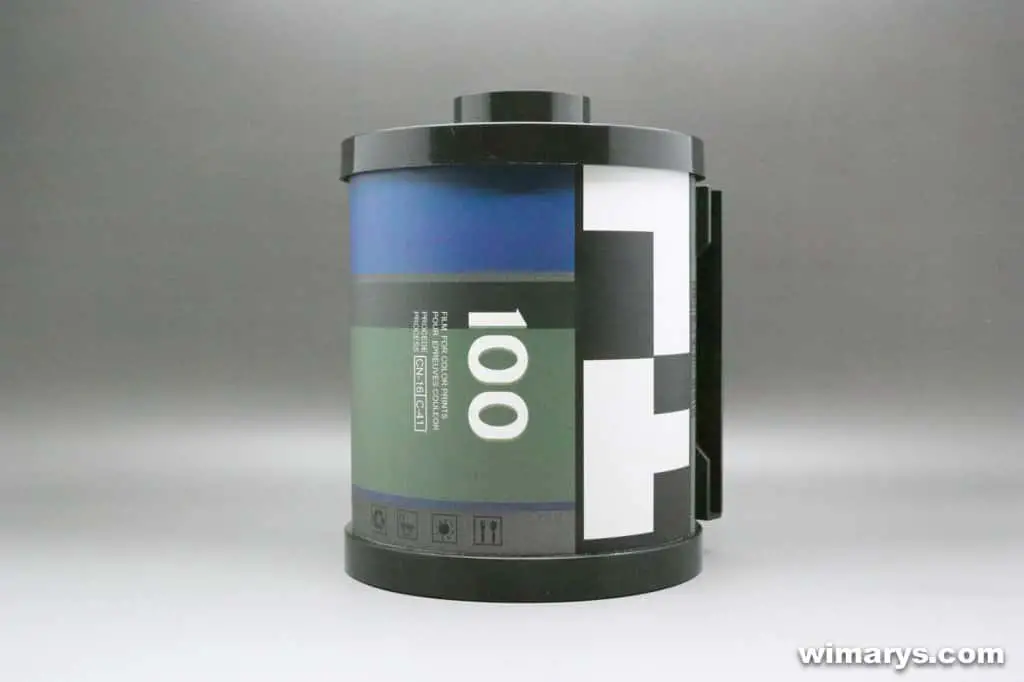
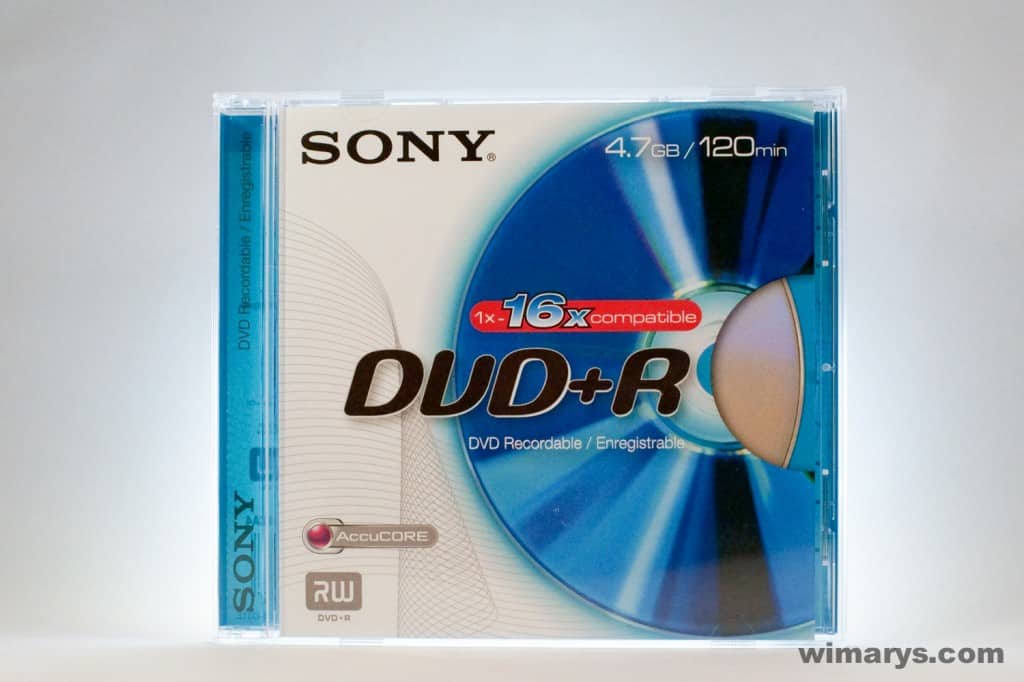

No responses yet